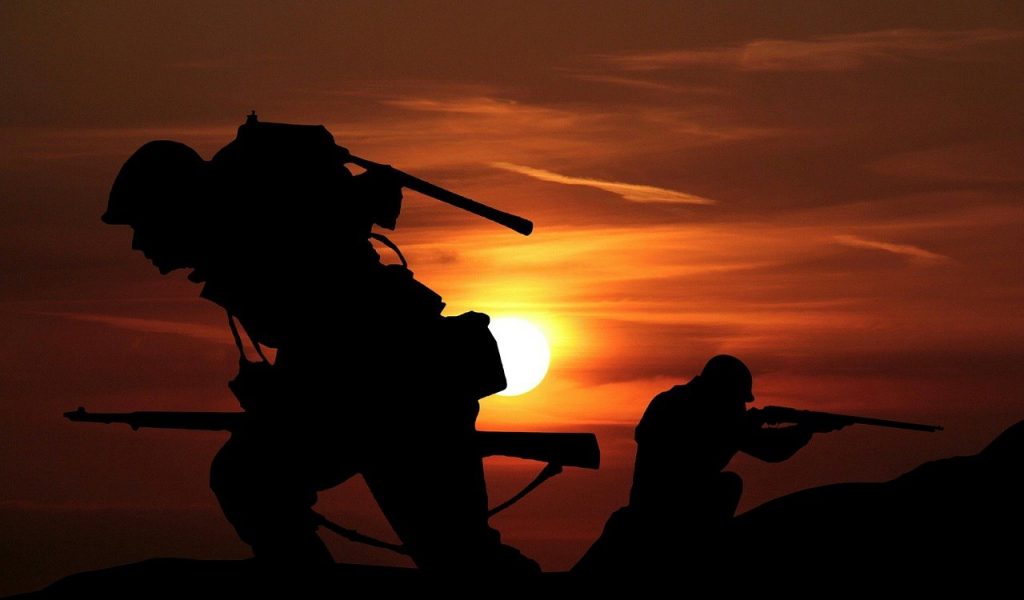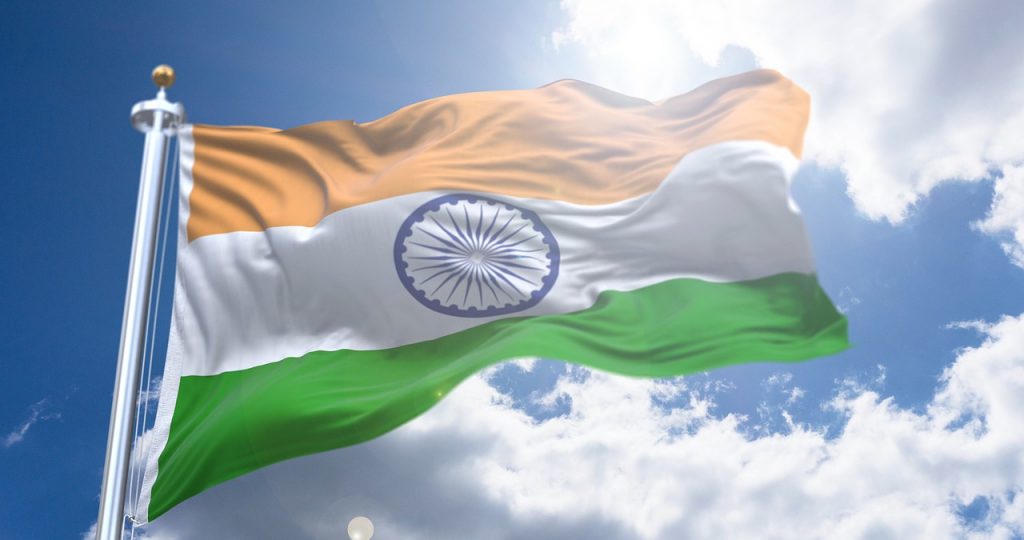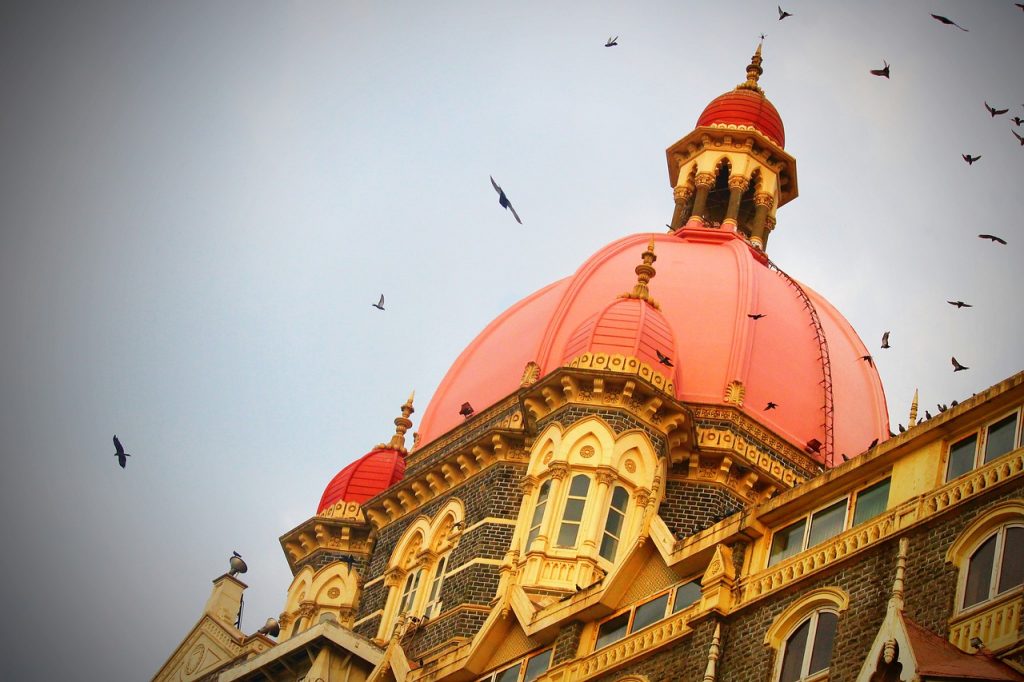On 29th November 2016, a group of militants attacked the Indian Army base in Nagrota, Jammu and Kashmir, in which 7 Indian soldiers including 2 officers lost their lives. All 3 militants involved in the attack were killed due to the brave Indian Army personnel who willingly gave up their lives to counter terrorism and safeguard their nation.
Nagrota, a small town in Jammu district, is located on National highway 44, on the banks of river Tawi. The Indian Army’s 166 Field Regiment unit stationed in this town, was attacked by a militant group in the early morning of November 29, 2016. The group consisted of 3 militants who carried weapons and explosives and came wearing police uniforms.
The terrorists reached the camp at around 5.40 am and started firing at the Officers’ Mess inside the camp. According to Army PRO LT. Col. Manish Mehta, 12 soldiers, 2 women and 2 children were inside the mess building when the terrorist attack took place.
Events in the Nagrota Terror Attack of 2016
- The attackers approached the army unit gate, then threw a grenade, started gunfire, and entered the camp. They began firing, which claimed the lives of 2 soldiers. Then, the terrorists entered the mess and quarters of the army officers.
- The militants had entered the mess by climbing on a tree that was growing in that area and then jumped off a wall alongside that tree. The forest area behind the premises was used to enter the camp.
- The guard at the entrance was killed using a silencer-fitted weapon. This tactic was used for the first time by attackers in Jammu and Kashmir.
- The Quick Response Team of CRPF and army reached the camp and successfully rescued some families from there. Many hostages that comprised 12 soldiers, 2 women and 2 children were freed, and the injured were taken to hospital.
- In the fight against the terrorists, one officer was shot dead, while another officer and 2 soldiers lost their lives.
- While a fight raged between the militants and the Indian Army at Nagrota, a firing took place at Samba, which is located 40 km south of Nagrota.
- In the two main complexes at the army unit in Nagrota, combing operations continued for a few days after the terrorist attack.
- The martyred army personnel included Major Gosavi Kunal Mannadir, Major Akshay Girish Kumar, Havildar Sukhraj Singh, Lance Naik Kadam Sambhaji Yeshwantrao, Grenadier Raghvendra Singh, Rifleman Asim Rai, and PO Khotang.
- It was found that the Nagrota attack was similar to the Pathankot attack in terms of how the attackers had reached the site. In Pathankot as well as the Nagrota terrorist attack, a tree was used for easy approach. It was also observed that a lack of fortification of the sites of attack was the main reason why it had been easy for the terrorists to enter the premises.
- Reportedly, Intelligence Agencies had given warnings about a suspected attack on a military base. RAW is said to have warned about a terrorist attack by Jaish-e-Mohammad militants, 72 hours before the attack took place.
Investigation of the Terrorist Attack at Nagrota
- In May 2018, the National Investigation Agency (NIA) arrested Muneer-ul-Hassan Qadri, residing in Kupwara. This was the first arrest linked with the Nagrota Army camp attack.
- Later, the NIA arrested Tariq Ahmad Dar, a timber dealer based in Pulwama who stayed in Chillipura in Shopian district.
- Syed Muneer-Ul-Hasan-Qadri of Jaish-e-Mohammad (JeM) was also arrested.
- Their interrogations revealed that Jaish-e-Mohammad, a terror group in Pakistan, was responsible for the Nagrota terror attack.
- As stated in the chargesheet filed by NIA, one of the accused had returned to India using the Nepal route in 2011. He is believed to have helped 3 JeM terrorists carry out the attack at Nagrota.
- Later, NIA, with the help of the Jammu and Kashmir Police, arrested Ashiq Baba of Alochibagh locality in Srinagar.
- A committee was formed to probe the death of Major Akshay Girish on the request of his mother to find the details of how he was martyred.
- A preliminary investigation said that the militants had probably used an 80-meter-long tunnel under farm lands to cross the international border and enter India. This route was believed to be used for the Samba attack as well as for the Nagrota attack.
- Following the Nagrota terror attack, Udhampur was put on high alert.
- The Border Security Force (BSF) organized a commando training for its men with the aim of equipping them better to fight terror attacks and eliminate terrorists hidden in the region.
The Nagrota terrorist attack of 2016 was indeed a gruesome act by militants. Such attacks are facilitated by militant groups to threaten the masses, but they result in the loss of precious lives; several innocent people are killed and those working in the Army and the police force have to sacrifice their lives. Terrorist activities such as the Nagrota and Samba attacks cause only destruction and are in no way the means to resolve any territorial conflict between countries.



